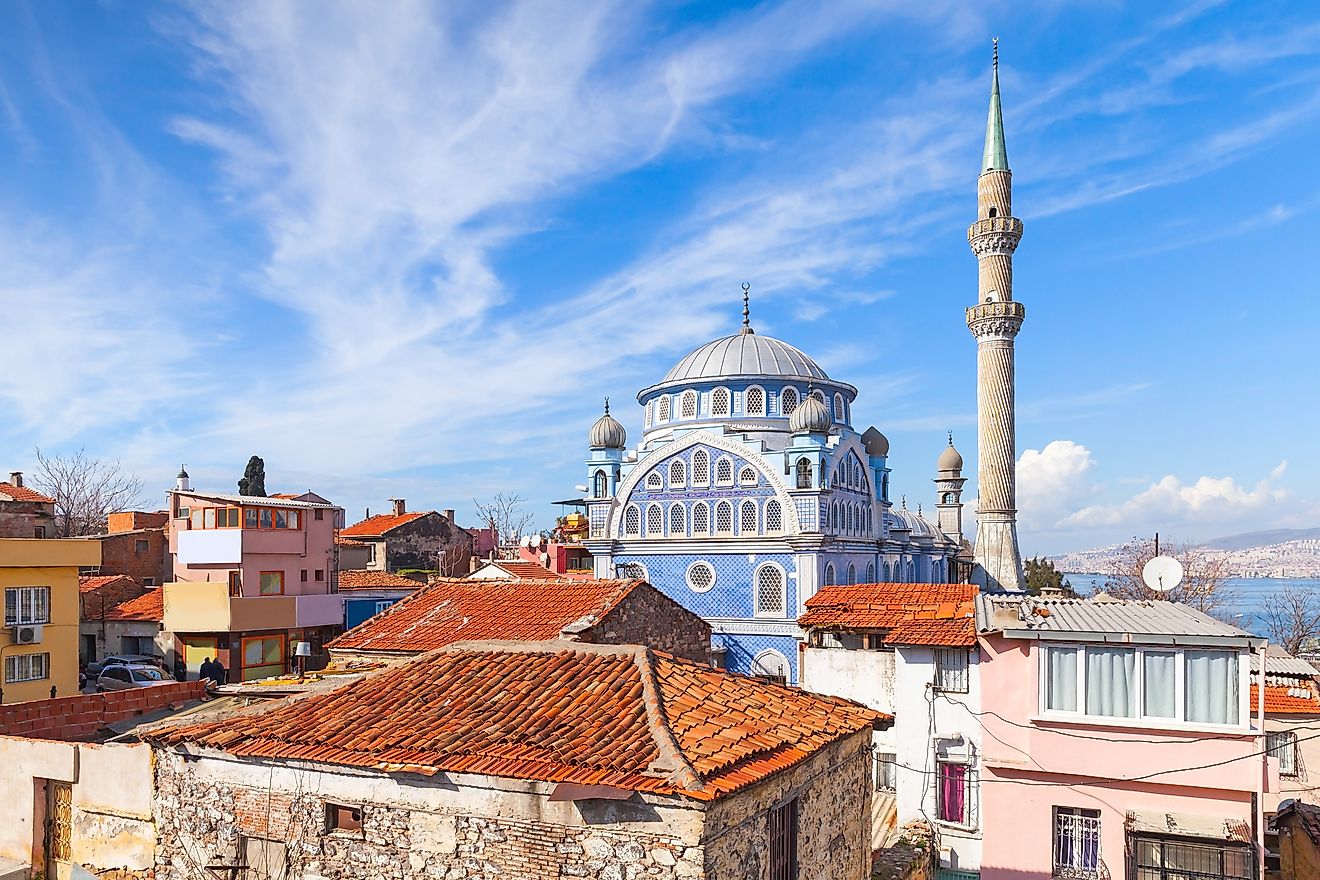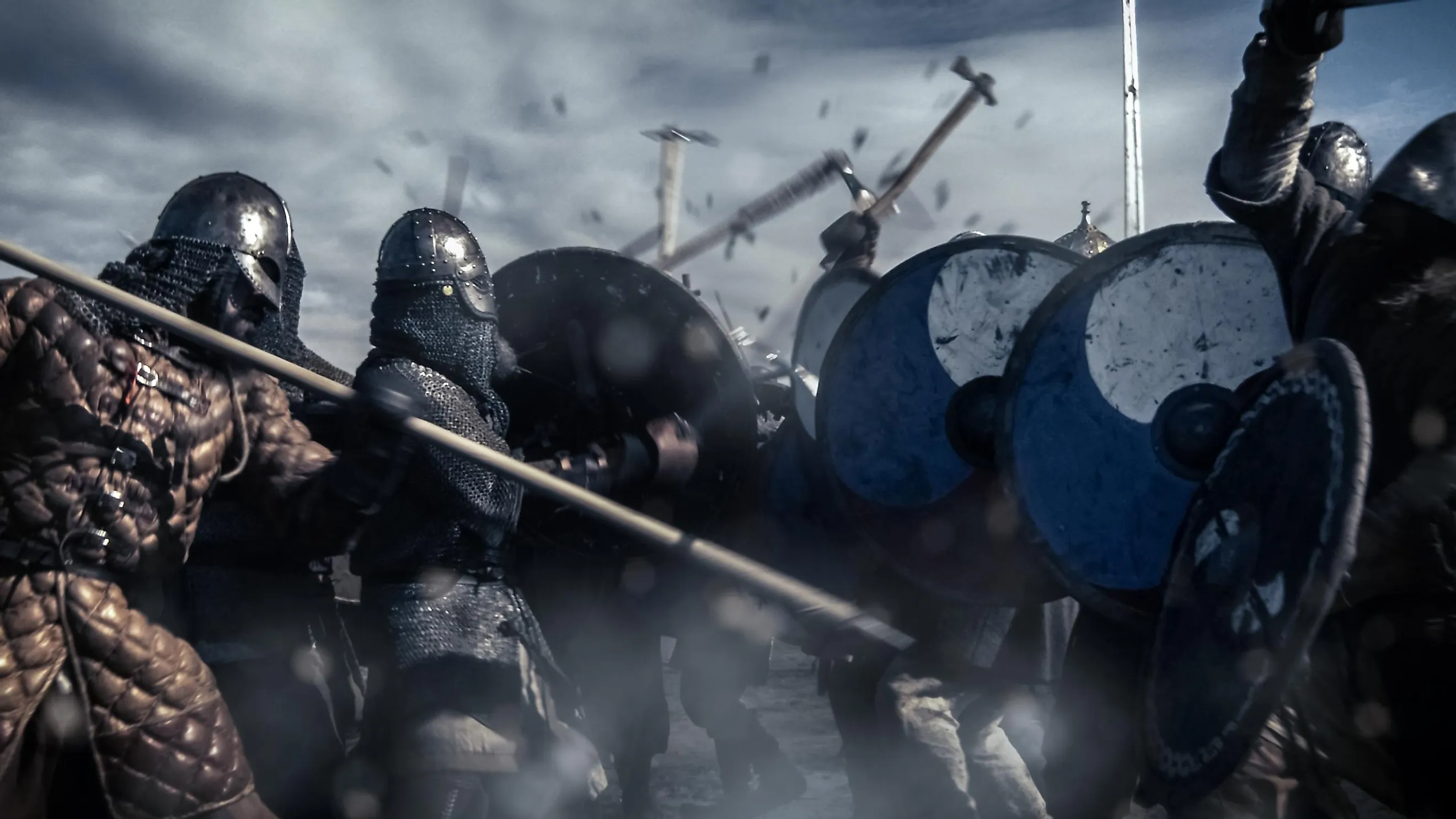
The Elite Special Forces of Ancient Celts
The Celts of Ancient Europe were a people group that spanned across most of Central and Western Europe between 500 BC - 100 AD. The term Celt is an admittedly messy and often inaccurate generalization of a diverse people group that lived across many different areas of Ancient Europe and developed countless unique and separate local and regional customs and cultures. The term Celt is very similar to the label of "Native American." It describes a broad cultural and ethnic group but does nothing to delve into the various differences and nuances between the Cherokee and the Lakota, for instance. What we know of the Ancient Celts was often from the point of view of their enemies. As far as we know, the Celtic people did not have a written language, so almost all of the accounts of their way of life are either from Greek or Roman chroniclers. While we should take some of the historical records with a grain of salt, one characteristic of Celtic society that is not disputable is their bravery and ferocity in battle.
The Celtic Warrior
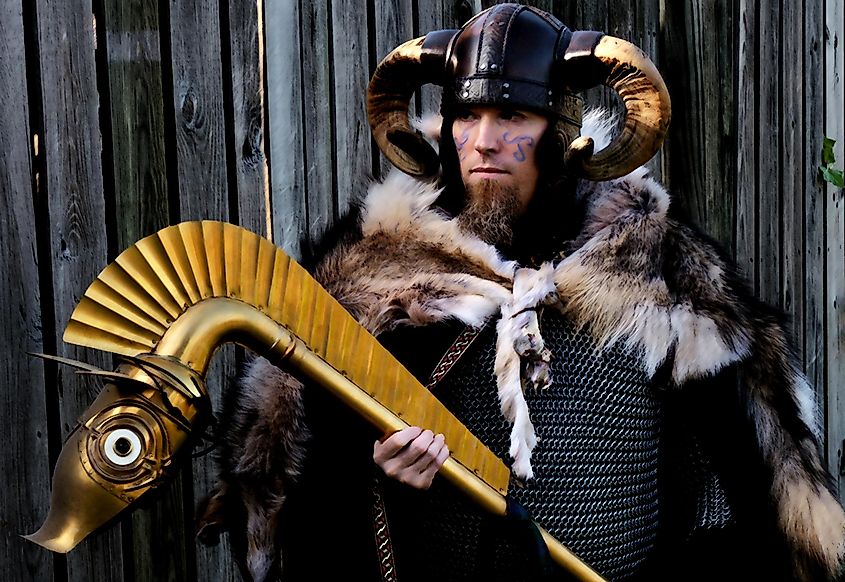
Celts were broadly described by the Greeks and Romans as tall, muscular, and physically imposing. Most Celtic men sported long, shoulder-length hair and some sort of well-kept mustache, beard, or goatee. Many Celtic tribes had an obsession with removing body hair and would go so far as to meticulously pluck out each hair one by one, either by hand or with a pair of primitive tweezers. The hair of the Celtic men would sometimes be spiked up with the help of grease or wax. The use of lime was also used to dye their hair bleach blonde.
Each warrior's weapons and armor would have been bought and paid for by themselves, and most men went into battle with nothing more than a tall wooden shield and spear. It was not uncommon for Celtic men to go into battle naked, either. This was seen as a display of fearlessness and bravery among certain tribes.
Other tribes, particularly in the British Isles, would often decorate the mostly unarmored bodies of their warriors with bright blue body paint made out of woad and barries. Various patterns and symbols would have been painted onto the torso, legs, arms, and face. It is thought this held some sort of religious significance to the Celts, who thought these markings would offer protection in battle.
On the battlefield, many Celtic warriors would have been equipped with a smattering of all kinds of weapons and armor. There was no concept of professional armies in the Celtic world, and instead of full-time soldiers, it was expected that each able-bodied man take up arms in times of war. Despite the often primitive appearance of the average Celtic warrior, Celtic aristocrats and nobles were some of the most heavily armored and well-equipped soldiers in the Ancient World.
Unrivaled Craftsmen
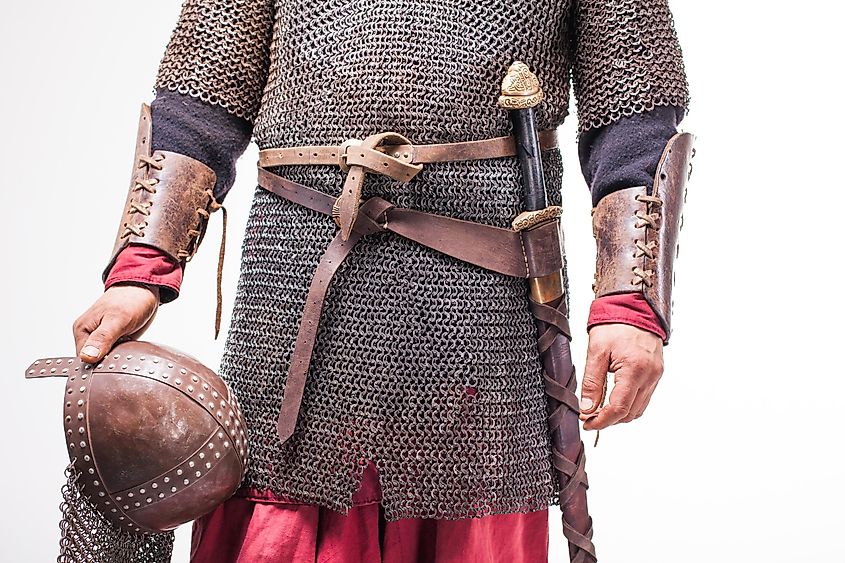
Even though the general portrayal from Roman and Greek sources paints the Celts as backward Barbarians, the Celtic world was home to some of the most skilled craftsmen and weaponsmiths in Ancient Europe. The Celts are largely credited with inventing chainmail. Completely revolutionizing ancient warfare, this is the painstaking and labor-intensive act of weaving thousands of small metal rings together to make a kind of shirt or cowl. Once completed, this shirt would be draped over the bearer and offer unrivaled protection. All of these flexible rings made the bearing almost immune from any kind of slashing attacks from axes or swords.
Chainmail armor was not easy to make and cost more than what most average men made in their lives. This meant that only the wealthiest and most well-connected members of Celtic society had access to this type of protection. It was likely that the only people wearing such armor would have been the tribe's nobles or the chieftain himself.
Heads Of The Tribe
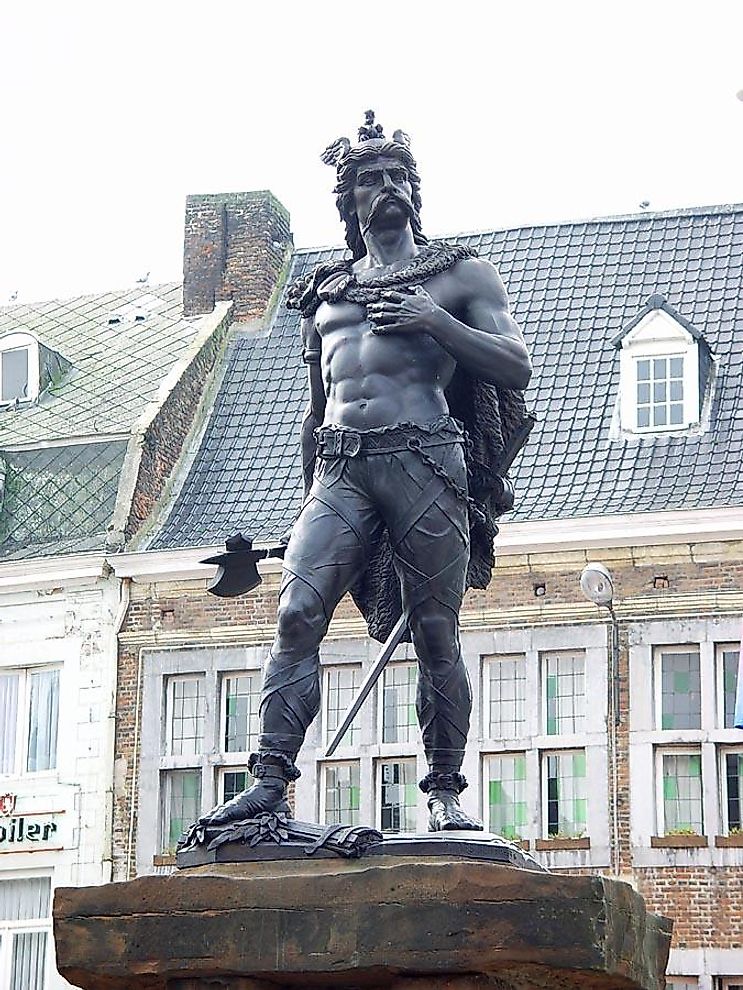
A series of tribal leaders and chieftains ran Celtic society. Underneath these chieftains would have been high-ranking nobles who would have most likely owned or controlled some land that was given to them by the chief. This land would have usually been a village or even just hunting grounds. Either way, this land ownership made them considerably wealthy and opened the window for them to acquire the best types of weapons and armor money could buy.
The Celtic world placed a heavy emphasis on war and battle. Wars and skirmishes between various tribes were a near constant, and anyone who showed exceptional skill in warfare was honored and deeply respected. Those at the top of the Celtic power structure would usually be the most skilled and fearsome warriors of each tribe. In battle, these nobles would usually be fighting alongside their chief or sent to lead other groups of tribesmen into the fight.
Units of these heavily armored fighters, especially in Gaul, were infamous for their ferocity and tenacity when fighting against the Roman legions under the command of Julius Caesar. Roman historians and even Caesar himself remarked on how brave these elite warriors were even when fighting a battle that was clearly going against them.
Strategy And Tactics
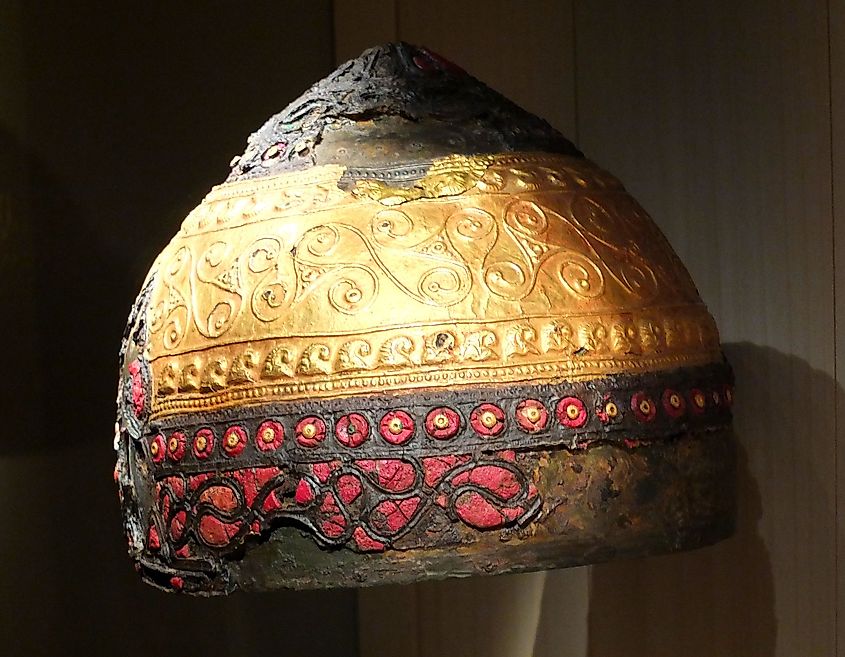
Most battles fought between Celts often devolved into single combat between various warriors. It is thought that Celts strongly valued their ability to defeat opponents one-on-one and would often challenge the opposing force before any large-scale melee ensued. It was quite common for entire disputes between tribes to be settled by each group sending their best warrior to fight on their behalf. This was thought to be the most honorable way of conducting battle. It was also much more beneficial for each tribe not to risk the lives of their entire male population.
The Celts, compared to the disciplined armies of Rome and the Greek city-states, often came across as unruly and unpredictable. According to the records of the Romans and Greeks, Celts put little thought into advanced tactics and usually just relied on an all-out charge to break the enemy. While this might have been true in some instances, many Celtic tribes in Gaul displayed impressive tactics and logistics when fighting against the Romans. The Gauls often left troops in reserves and tried to outflank enemy armies with cavalry and skirmish troops.
A Martial Lifestyle
The sons of these warrior elites would have started some form of combat training as early as 14 years old. Before this, it is most likely that each Celtic boy would be exposed to weapons and violence when hunting for food with other tribesmen. These young boys would usually be trained by their father or another male family member. Acting as an apprentice, the young boy would have helped his mentor in day-to-day activities and learned how to properly fight and command soldiers in battle. Once the boy was old enough or deemed ready, they would have been gifted their own set of weapons and armor and now expected to fight alongside the rest of the tribe's best fighters in the event of a war or dispute between another tribe.
Summary
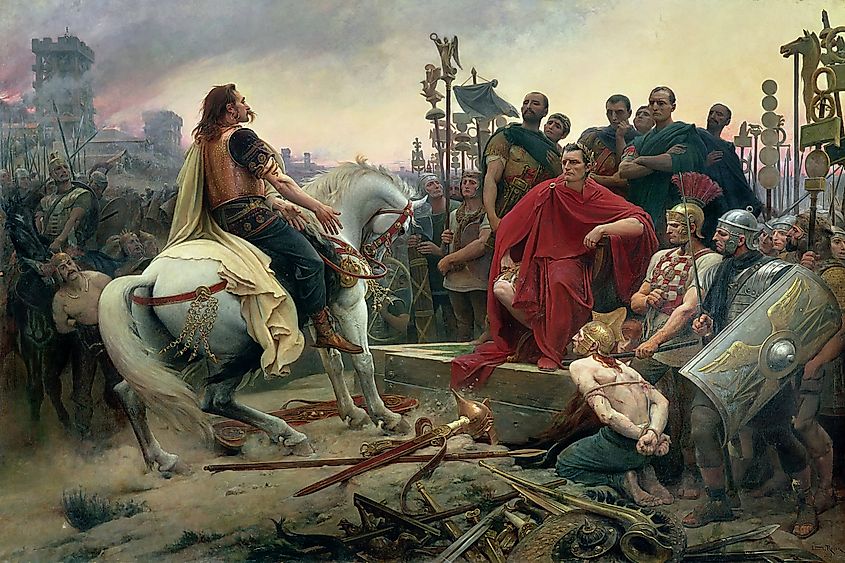
The Celtic culture and way of life would be mostly stamped out at the hands of Julius Caesar and other Roman conquerors by the end of the 1st century AD. Even though traditionally Celtic lands like Gaul and Northern Italy would become Romanized, small pockets of Celtic culture would live on in places like Ireland, Scotland, and Brittany. Today, the connection to this old way of life remains very much alive in the previously mentioned regions. The hardy, no-nonsense kind of attitude that the Celts were famous for is still an integral part of the national identities of the nations that proceed these ancient and storied people.
